Opinion
The Next Quartz Wave
Opinion
The Next Quartz Wave
Forty years ago, the Swiss watch industry faced a statistic that would haunt them for the next decade. The retail of quartz watches had overtaken Swiss mechanical timepieces in volume. Even today, when speaking with past generations of watchmakers, they recall the period with some degree of sorrow and pain. Technological innovations had led to the first quartz watch in 1969 on Christmas Day by Seiko. Throughout the ’70s, the Swiss watch industry was affected by numerous economic developments and doubly affected by quartz’s growth.
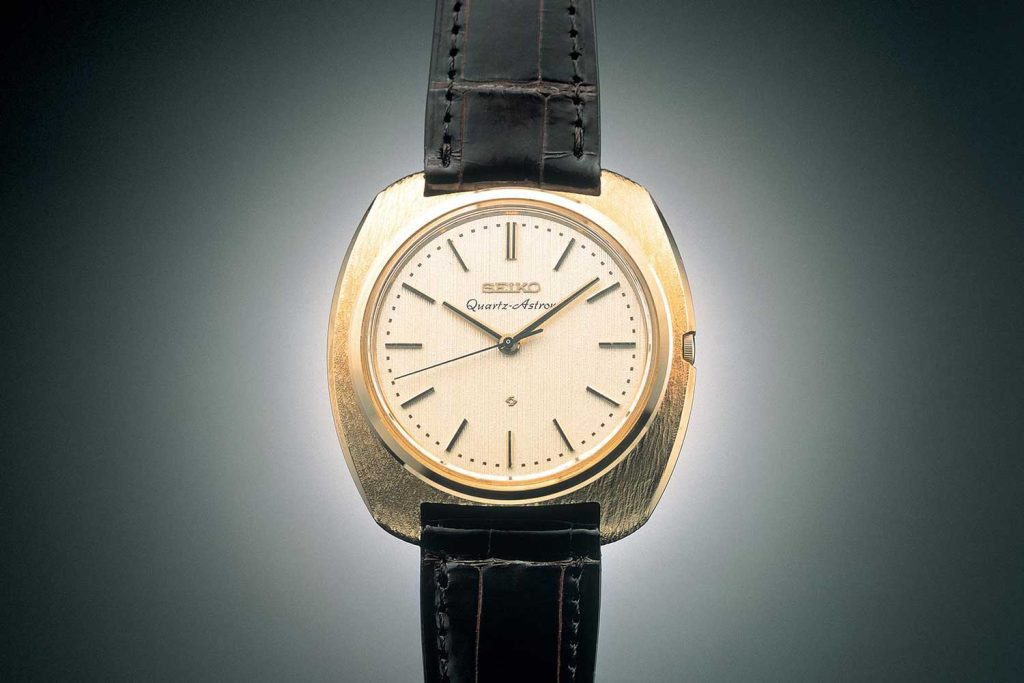
First commercially available quartz watch, the Seiko Astron of 1969
Still, the prospect of another quartz crisis has remained in the back of the industry’s mind. The industry has aimed for co-existence, and a second wave of high-end, quartz-powered products arrived in the late ’90s and early 21st century. These were touted as high-precision devices, bearing sophisticated complications such as perpetual calendars and ultra-accurate chronographs. They also bore temperature-compensated circuitry, thus ensuring steadier performance in locales where electronics tended to disappoint due to weather.
Since then, quartz may appear to have taken a step behind in terms of prestige. With the advent of chip-powered smartwatches, it would seem to most that the need for quartz is fading fast. That’s not true. Along with every other segment, quartz watches are also revealing new innovations, aimed specifically at just one task: telling time well.
Doing One Thing Well
Versatility is a precious character ability in individuals today. Multi-hyphenates are stacking up and doing far better than expert counterparts. That’s not surprising to see, since it’s human nature to dabble and experiment. But in a world where everything we own does everything we need and then some, single-minded objects offer a relief from the complexities of navigating any operating system.
Between 2018 and 2019, quartz timepieces are seeing a resurgence in the market. Seiko’s Astron marks its 50th anniversary this year and to kick it off, the company has been releasing new timepieces in the Astron collection nearly every month or two. In 2017, the GPS-enabled Astron line presented the Executive series, designed with a business emphasis for boardroom execs who travel loads and want to maintain a business look. That was swiftly followed by the Executive Sports line and a special edition with ambassador Novak Djokovic.
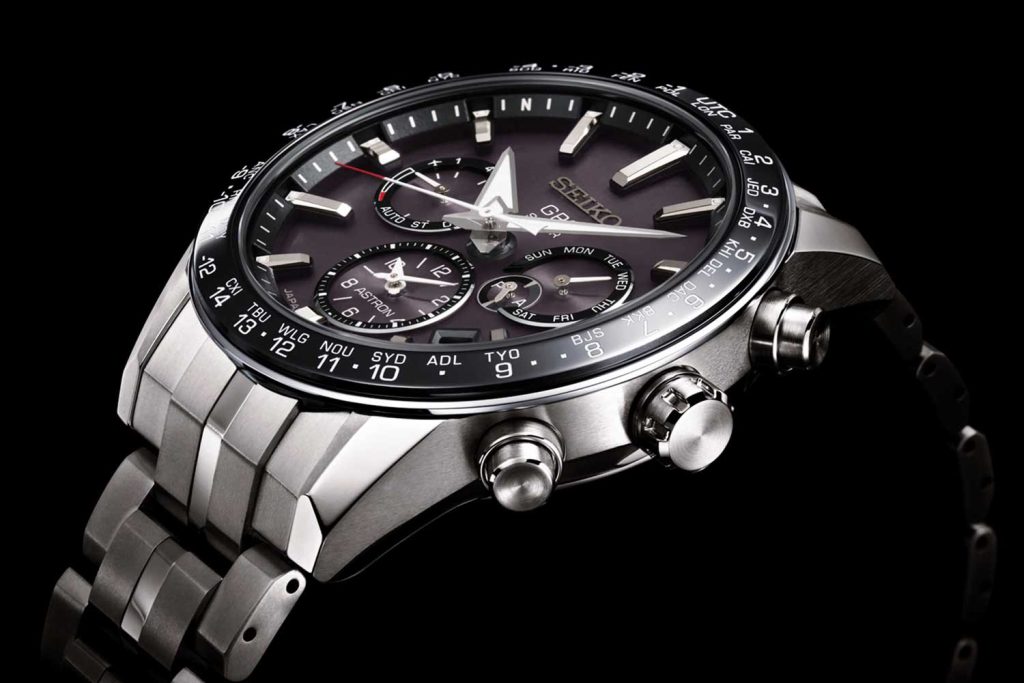
Seiko Astron GPS Solar (SSH003)
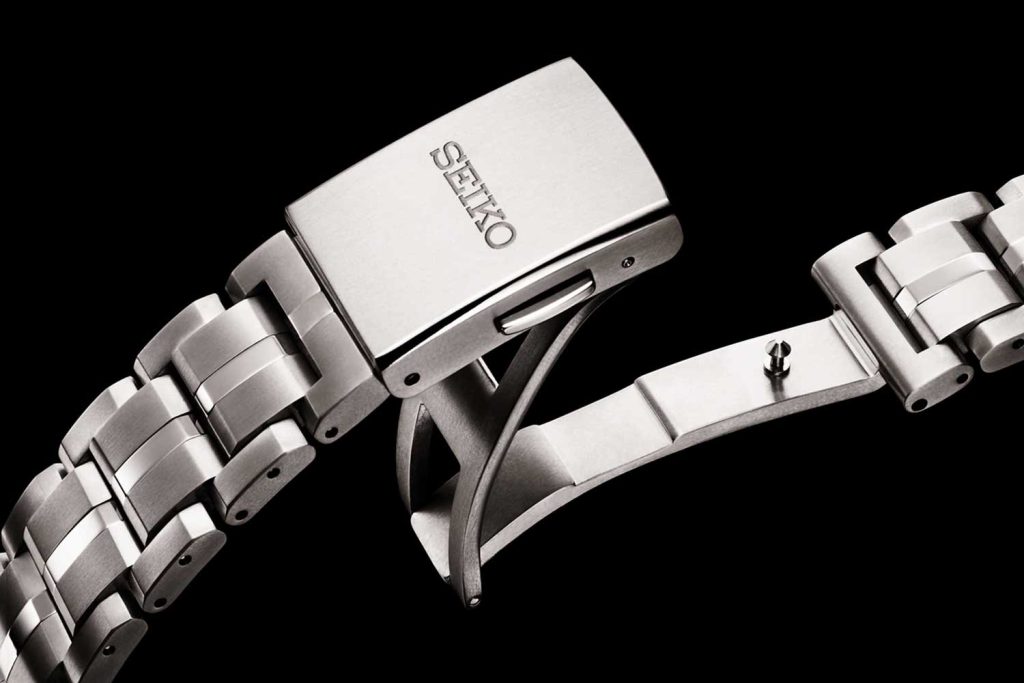
New buckle adjustment system
Not long after, Seiko introduced the Astron 5X, which offers faster world-time adjustments and the ability to switch between local and home times on the main and subdials. It also adds a Daylight Savings Time option, though with Europe looking to abandon it altogether, that doesn’t seem as important. Of greatest significance is probably the access to GPS-synchronised time. Through an antenna that’s embedded in the bezel, the watch automatically adjusts local time as it syncs at regular intervals to a nearby GPS satellite. (If you’re on a plane, there’s a “Flight Mode” function as well that turns it off during the flight for plane safety.)
The beauty of GPS-synced timekeeping is that you gain the accuracy of the atomic clocks that the GPS network is linked up with, which typically has an accuracy up to one second of deviation per 100,000 years. (Incidentally, another notable timepiece that employs similar rationality is the URWERK Atomic Master Clock, albeit in a high watchmaking manner.)
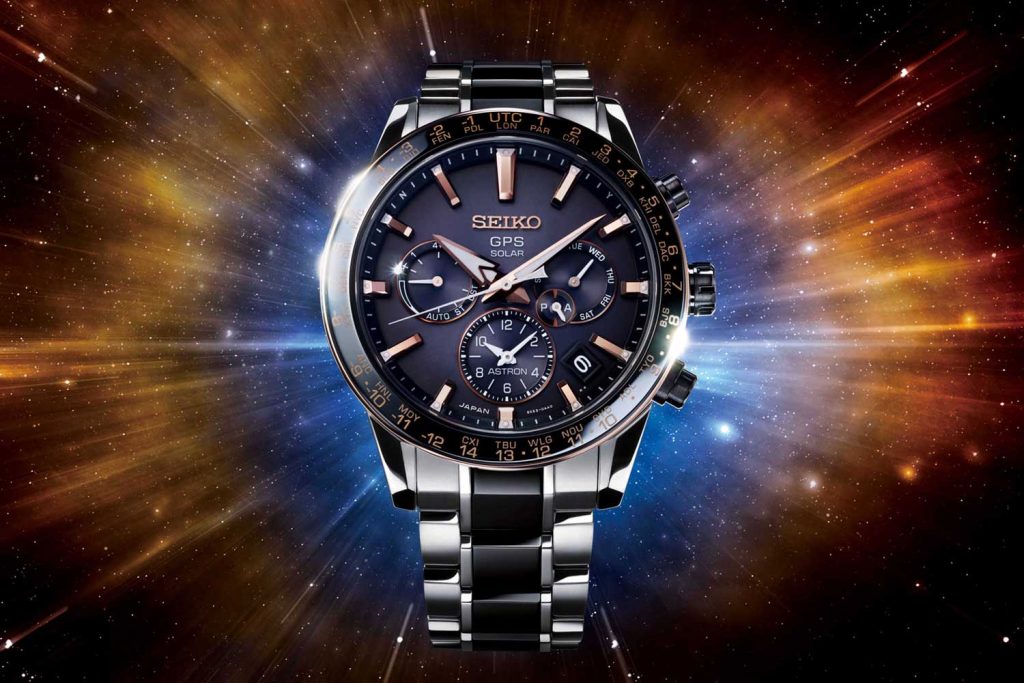
Seiko Astron GPS Solar Limited Edition (SSH007)
The Satellite Race
Seiko isn’t the only player in the market that’s driving hard on radio-assisted timekeeping solutions. Citizen and Casio both offer GPS-led timekeeping options. The former is in fact a pioneer in the field, having developed the first multi-band atomic timekeeper in 1993. The Citizen Atomic Timekeeping watches sync with atomic clock radio transmissions to ensure accurate timekeeping, while the Satellite Wave series is the company’s equivalent of Seiko’s GPS Solar technology. Whereas Citizen claims several technological innovations with its F990 models, including a charging indication for its Eco-Drive 2 solar solution, Seiko’s Astron 5X has the distinction of being the slimmest model on the market, nearly a third thinner than the Citizen Satellite Wave GPS F990 Limited Editions.
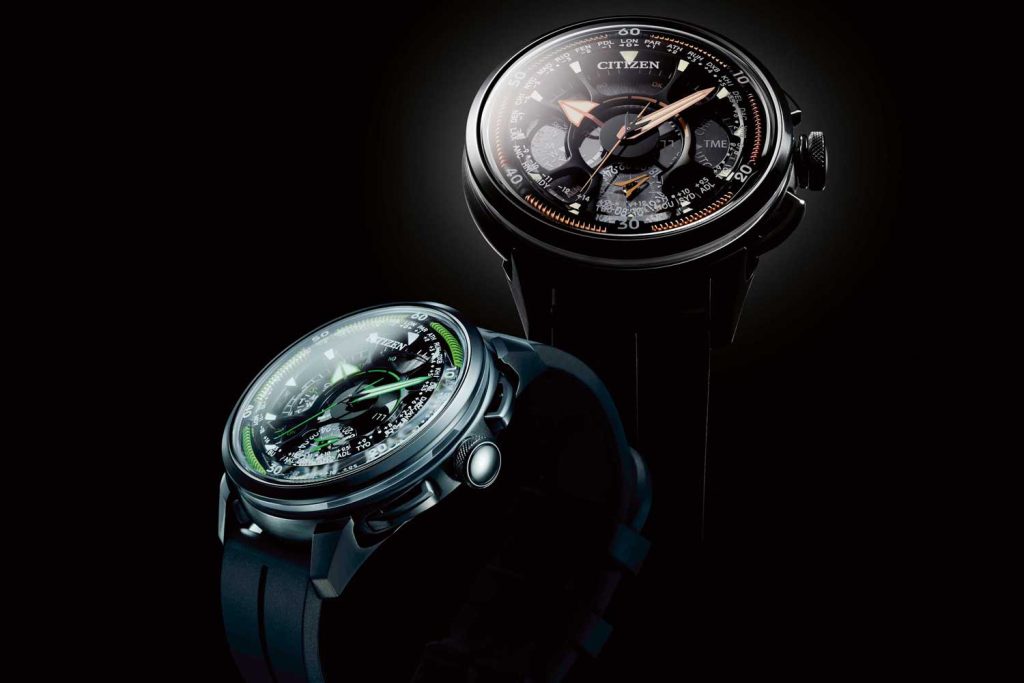
Citizen Satellite Wave GPS F990 Limited Editions
Ultimately, it’s true that add-ons to quartz timekeeping are digitally driven and bound by technology. However, for the end-consumer, it’s the ease of use that these watches offer which makes a difference. There’s no need to fuss around with setting a second timezone, and being able to access a worldtimer at the cost of a GMT watch makes an attractive argument for some.
The fact that both firms are still finding new ways to innovate in quartz watchmaking demonstrates that the field hasn’t plateaued. Next year will see the commercialisation of Citizen’s Calibre 0100 Eco-Drive movement, which was designed to mark the company’s centenary. The quartz timepiece will have an accuracy of ±1 second a year — nothing compared with atomic timekeeping, but still remarkable for an autonomous design. Tech innovations often leap over old developments through the course of modern history. The quartz watch is demonstrating that it can still keep up by integrating future technology today.










